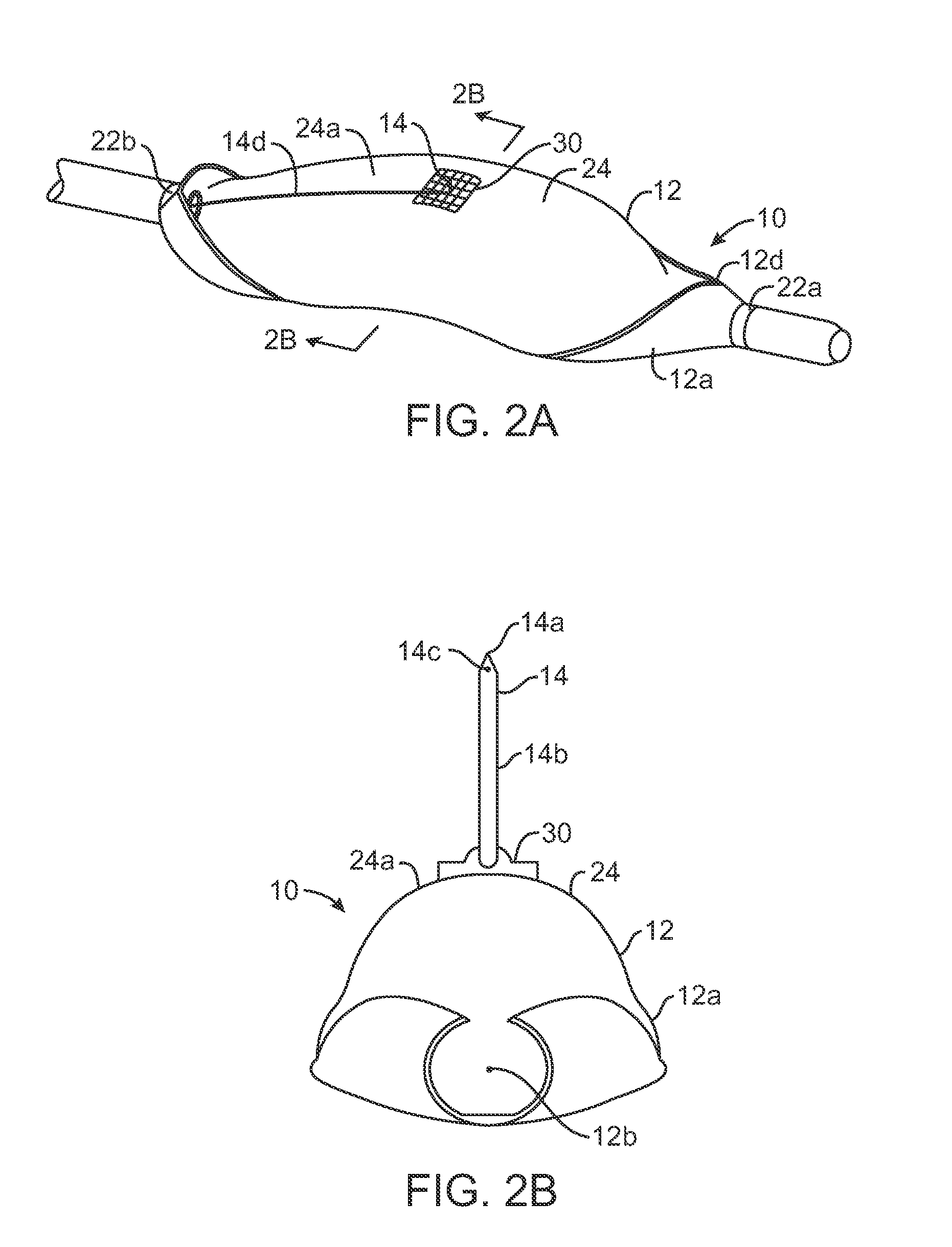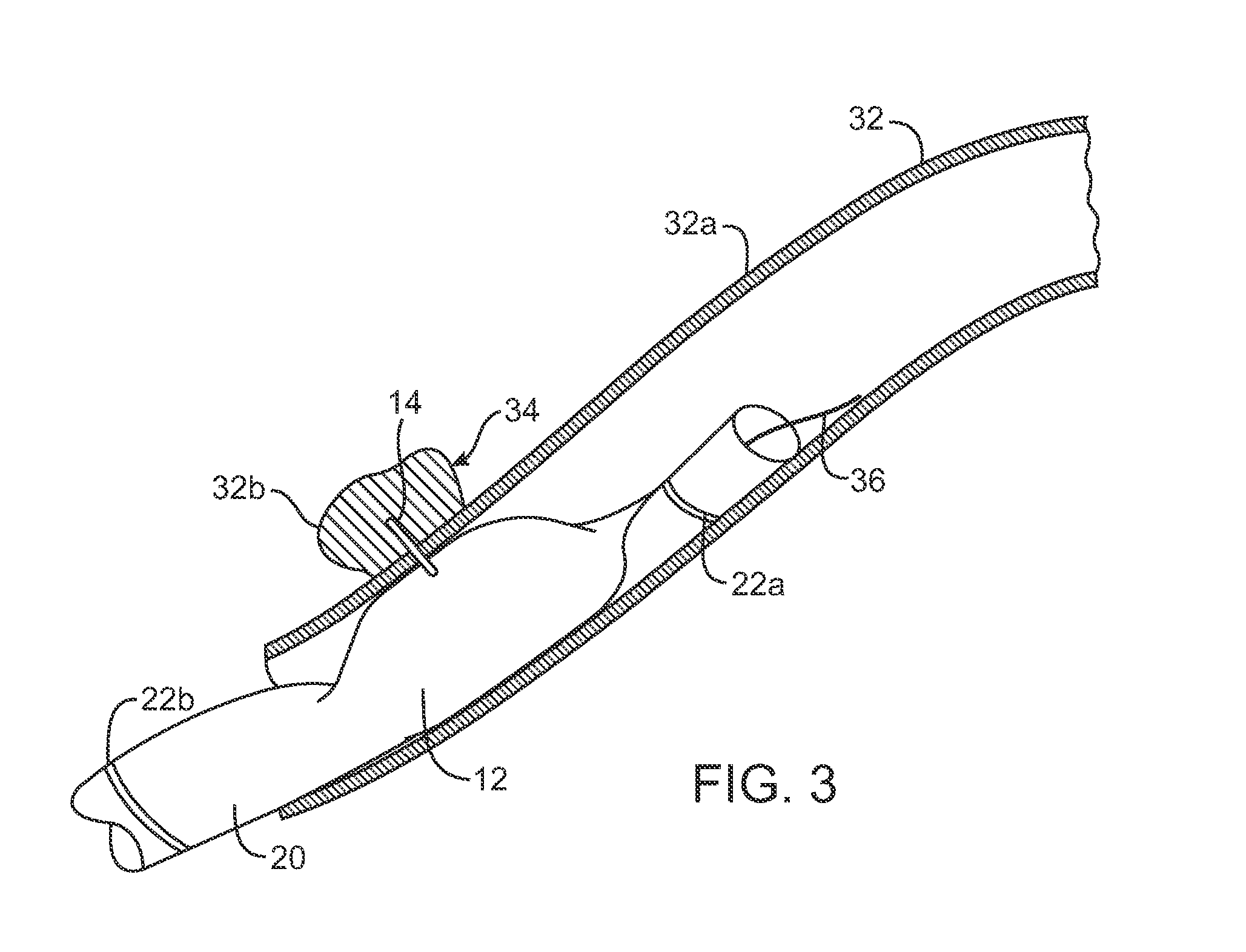Treatment of hypertension by renal vascular delivery of guanethidine
a technology of guanethidine and renal vein, which is applied in the field of treatment of hypertension by renal vein delivery of guanethidine, can solve the problems of increasing blood pressure, difficult or impossible to achieve with other delivery techniques, etc., and achieves the effect of increasing the concentration of guanethidine agents
- Summary
- Abstract
- Description
- Claims
- Application Information
AI Technical Summary
Benefits of technology
Problems solved by technology
Method used
Image
Examples
Embodiment Construction
[0071]The present invention will preferably utilize microfabricated catheters for intravascular injection. The following description and FIGS. 1-8 provide three representative embodiments of catheters having microneedles suitable for the delivery of a neuromodulating agent into a perivascular space or adventitial tissue. A more complete description of the catheters and methods for their fabrication is provided in U.S. Pat. Nos. 7,141,041; 6,547,803; 7,547,294; 7,666,163 and 7,691,080, the full disclosures of which have been incorporated herein by reference.
[0072]The present invention describes methods and kits useful for the delivery of neuromodulating agents into the adventitia around renal arteries in order to reduce blood pressure in the treatment of hypertension. In each kit, a delivery catheter may be combined with instructions for use and a therapeutically effective amount of a neuromodulating agent as defined above.
[0073]As shown in FIGS. 1A-2B, a microfabricated intraluminal...
PUM
| Property | Measurement | Unit |
|---|---|---|
| diameter | aaaaa | aaaaa |
| diameter | aaaaa | aaaaa |
| diameter | aaaaa | aaaaa |
Abstract
Description
Claims
Application Information
 Login to View More
Login to View More - R&D
- Intellectual Property
- Life Sciences
- Materials
- Tech Scout
- Unparalleled Data Quality
- Higher Quality Content
- 60% Fewer Hallucinations
Browse by: Latest US Patents, China's latest patents, Technical Efficacy Thesaurus, Application Domain, Technology Topic, Popular Technical Reports.
© 2025 PatSnap. All rights reserved.Legal|Privacy policy|Modern Slavery Act Transparency Statement|Sitemap|About US| Contact US: help@patsnap.com



